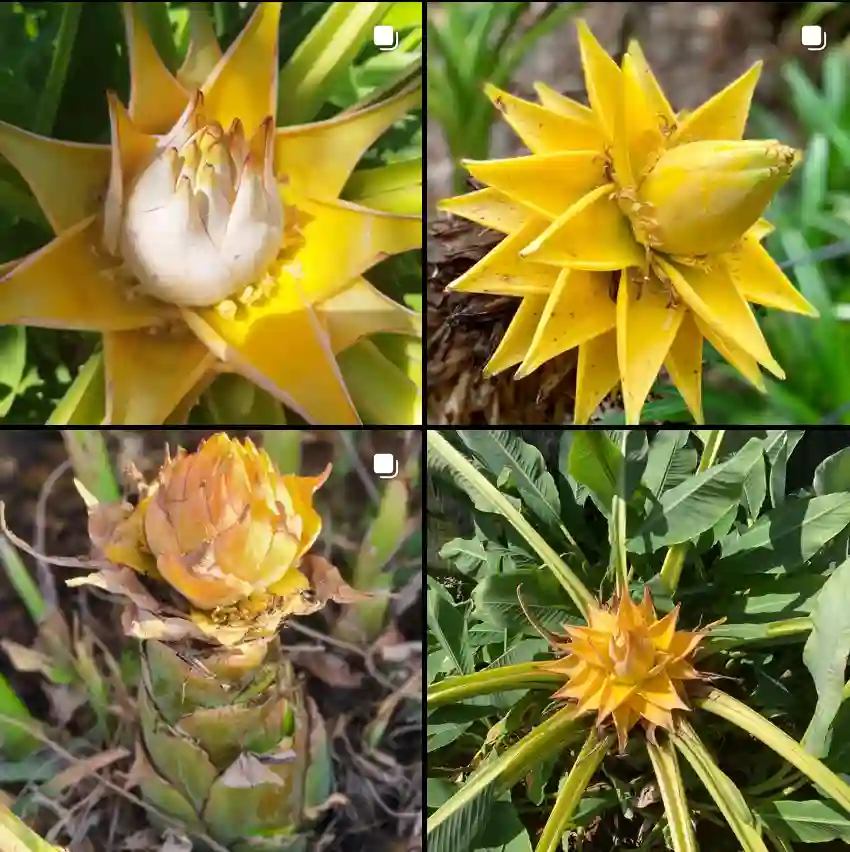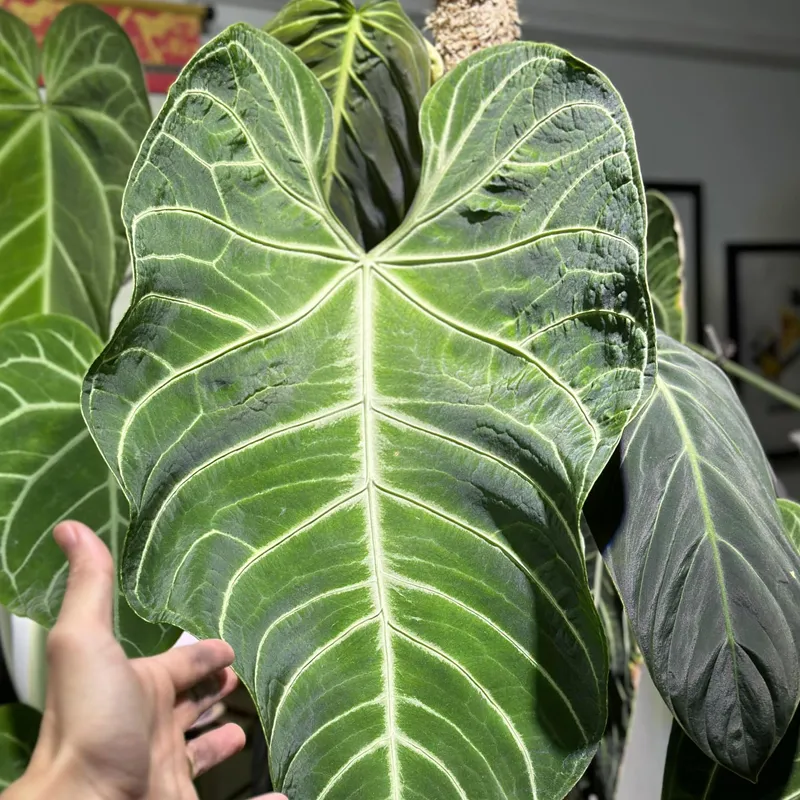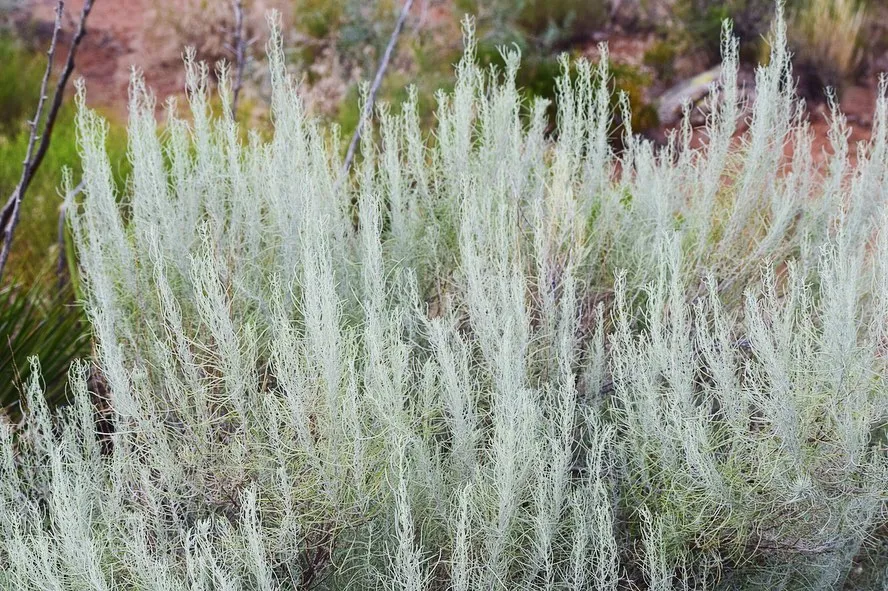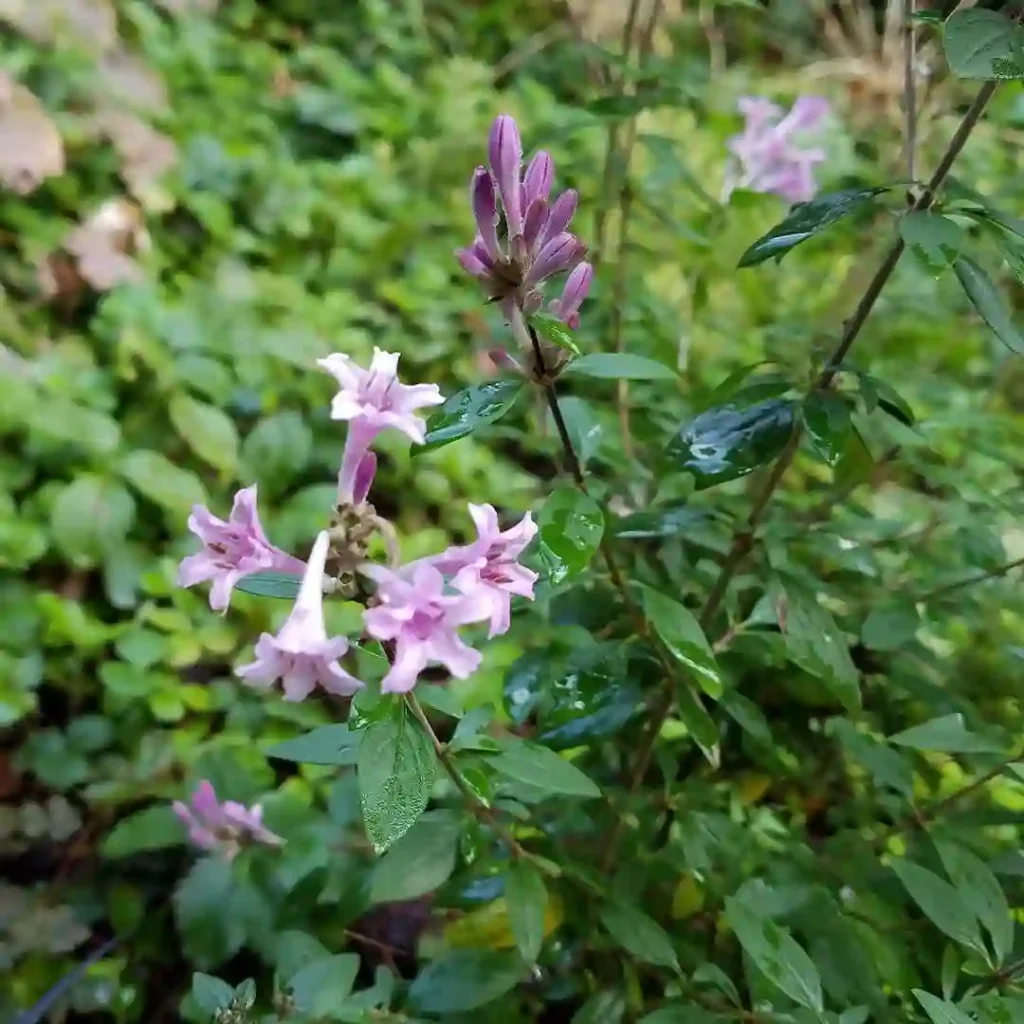
FAQs About Bromus Inermis
Bromus Inermis, commonly known as Smooth Brome, is a perennial grass that has intrigued me for some time. I’ve learned quite a bit about it, and I’m here to share the answers to some frequently asked questions that might help anyone considering adding this grass to their landscape.
174 Species in Genus Bromus
What Is Bromus Inermis?
Bromus Inermis, or Smooth Brome, is a cool-season grass native to Europe and Asia. It’s a popular choice for lawns, pastures, and erosion control due to its adaptability and hardy nature. Unlike many other grasses, it remains green during cooler months and has a high tolerance for a variety of soil types.
How to Care for Bromus Inermis?
Taking care of Bromus Inermis is relatively straightforward. This grass thrives in well-drained soils and prefers full sun to partial shade. Here’s what I’ve found works best:
- Watering: Regular watering is crucial, especially during dry periods. However, it’s important not to overwater as this can lead to root rot.
- Fertilizing: Apply a balanced fertilizer in early spring to promote healthy growth. Avoid over-fertilizing as this can lead to excessive thatch buildup.
- Mowing: Mow your Smooth Brome to maintain its shape and prevent it from becoming too invasive. I usually keep it around 3-4 inches tall.
- Weed Control: Regular weeding is necessary to prevent invasive species from overtaking it.
How to Propagate Bromus Inermis?
Propagating Bromus Inermis is a simple process. You can either sow seeds or divide existing plants. Here’s a quick rundown of each method:
- Seed Sowing: Sow seeds in early spring or fall. The seeds should be sown on the soil surface and lightly pressed in. Keep the soil moist until germination occurs, which usually takes 2-3 weeks.
- Dividing Plants: In the spring or early fall, you can divide mature plants. Carefully dig up the clumps, divide them into smaller sections, and replant them. This method helps to rejuvenate the plants and spread them around.
What to Plant with Bromus Inermis?
Bromus Inermis pairs well with various companion plants. Here’s what I’ve found effective:
- Wildflowers: Planting wildflowers like Black-eyed Susans or Echinacea alongside Smooth Brome adds color and diversity to your garden.
- Other Grasses: It can also be combined with other grasses such as Blue Grama or Buffalo Grass for a varied texture.
- Ground Covers: Adding ground covers like Creeping Thyme or Clover can help suppress weeds and enhance the overall appearance of your lawn.
Is Bromus Inermis Toxic?
One of the benefits of Bromus Inermis is that it is not toxic to humans or pets. This makes it a safe choice for family gardens and pet-friendly yards. It’s always a good idea to monitor for any potential allergic reactions, but overall, it’s a non-toxic option.
Benefits of Bromus Inermis
Bromus Inermis offers several benefits:
- Erosion Control: Its extensive root system helps stabilize soil and prevent erosion.
- Drought Tolerance: It has good drought resistance, making it suitable for areas with limited water.
- Low Maintenance: Once established, it requires minimal maintenance compared to other grasses.
Common Problems with Bromus Inermis
While Bromus Inermis is generally low-maintenance, it can face some issues:
- Thatch Buildup: Over time, Smooth Brome can develop a thatch layer, which might need periodic dethatching.
- Pests and Diseases: Watch out for pests like aphids and diseases like rust. Regular inspections can help catch these problems early.
Comparing Bromus Inermis with Similar Grasses
It’s helpful to compare Bromus Inermis with other grasses to understand its unique characteristics:
- Bromus Inermis vs. Kentucky Bluegrass: Kentucky Bluegrass is more suited to cooler climates and has a finer texture compared to the coarser Bromus Inermis. However, Bromus Inermis is more drought-tolerant.
- Bromus Inermis vs. Perennial Ryegrass: Perennial Ryegrass germinates faster and establishes more quickly than Bromus Inermis. However, Smooth Brome has better drought resistance.
In summary, Bromus Inermis is a versatile and hardy grass with many benefits. It’s easy to care for, not toxic, and pairs well with a variety of plants. Whether you’re looking for erosion control, a low-maintenance lawn, or simply want to add some green to your garden, Smooth Brome is a reliable choice.
If i die, water my plants!



